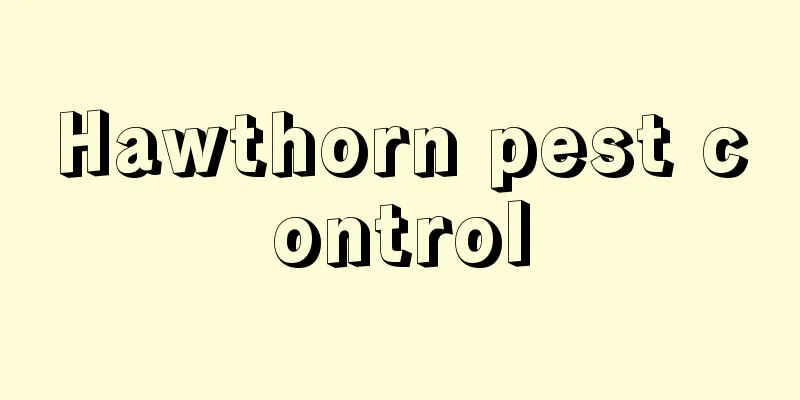Methods and steps for accelerating the germination of chrysanthemum chrysanthemum seeds, tips for sowing and planting chrysanthemum seeds

Method for accelerating germination of chrysanthemum seedsThe seeds of chrysanthemum need to be soaked before sowing. First , soak the seeds in warm water at 30~35℃ for 24 hours . Then wash them, take them out and wrap them with several layers of wet cloth, and germinate them in an environment with a temperature of 15~20℃. Remember to rinse the seeds with clean water every day. After 3~4 days, the seeds can be sown after they turn white . Methods and steps for planting chrysanthemumSowing timeChrysanthemum chrysanthemum is planted mainly in spring and autumn . In the north, spring sowing is from March to April, and autumn sowing is from late July to early September. In the south, it is slightly different, with spring sowing from late February to late March, and autumn sowing from mid-August to early September. Land preparation and fertilizationChrysanthemum chrysanthemum has low requirements for soil. Sandy loam with loose soil and good drainage and irrigation is the best. The soil pH should be between 5.5 and 6.8. Chrysanthemum is a fast-growing vegetable. The base fertilizer is 5 cubic meters of decomposed manure and 35 kilograms of nitrogen, phosphorus and potassium compound fertilizer per mu. Then level the ridges, which are generally 1-1.5 meters wide. sowingChrysanthemum can be broadcast or row-sown. In spring and autumn, open-field planting can be broadcast. First, before sowing, irrigate the soil to create moisture, and evenly broadcast after the water seeps in, and then cover with soil about 1.5 cm. For row sowing, first dig shallow furrows 1-1.5 cm deep with a row spacing of 8-10 cm. Then sow the seeds in the furrows, cover with soil and water. Field managementField management mainly involves watering, topdressing, pest and disease control, etc. After sowing, the ground should be kept moist to facilitate germination, and water should be applied when the seedlings are 3 cm tall. Water 2-3 times during the growth period, and pay attention to prevent excessive humidity. When the chrysanthemum seedlings grow to 10-12cm, topdressing is carried out, and topdressing is carried out after each harvest. During the growth period, quick-acting nitrogen fertilizer is applied 1-2 times with water, and about 15-20 kg of urea is used per mu. Pest ControlThe main diseases of chrysanthemum include damping-off, leaf blight, downy mildew, anthracnose, virus diseases, etc. The insect pests include aphids, whiteflies, cabbage worms, diamondback moths, and armyworms, etc. In the prevention and control of diseases and insect pests, we must adhere to the principle of "prevention first, comprehensive prevention and control". HarvestWhen the chrysanthemum grows to about 20cm and has 12-13 true leaves, it can be harvested. Be careful not to harvest too late, as this will affect the quality. When harvesting, use a sharp knife to leave 2-3 leaves at the base of the stem, then remove the yellow leaves and tie them into small bundles for sale. |
<<: How to grow gloxinia hibiscus and precautions How to grow gloxinia
>>: Coriander germination method and time How long should coriander seeds be soaked for germination
Recommend
How often should orchids be watered?
1. How often should orchids be watered? Orchids s...
How many compound fertilizers should be placed in a pot of flowers?
1. Put a few pills Compound fertilizer contains m...
10 beautiful chrysanthemums, a hot item during National Day, so shocking!
1. Purple Phoenix Peony 2. Panlong Magnolia 3. Ga...
Reasons why clematis does not bloom
1. Proper pruning Reason: The main reason why it ...
When is the best time to transplant wintersweet (the time and method of transplanting wintersweet)
Wintersweet is a deciduous shrub. Its flowers are...
Management techniques and measures for wheat heading and flowering period (control of major diseases and pests during flowering period)
"It is just the right time for Qingming Fest...
Keep these 15 kinds of flowers at home to keep you cool and relieve the heat, and you don’t even need to turn on the air conditioner!
Blue Snowflake The name of blue snow flower gives...
When should the weeping angel be repotted?
1. Time to change pots It is suitable to repot th...
Comprehensive knowledge on lavender care
Pruning Newly planted lavender grows slowly in th...
Necessary tools and materials for cuttings
Medium used for cuttings When it comes to the med...
How to distinguish between white chrysanthemum and staghorn begonia
The difference between the family and genus of wh...
Cultivation methods and precautions of love vine
1. Soil The love vine likes soil with good air pe...
Is pineapple a fruit or a vegetable?
Is pineapple a fruit or a vegetable? Pineapple is...
What vegetables are suitable to grow in December?
What vegetables are suitable to grow in December?...
Lycoris radiata flowers
White Lycoris The flower that is most similar to ...









